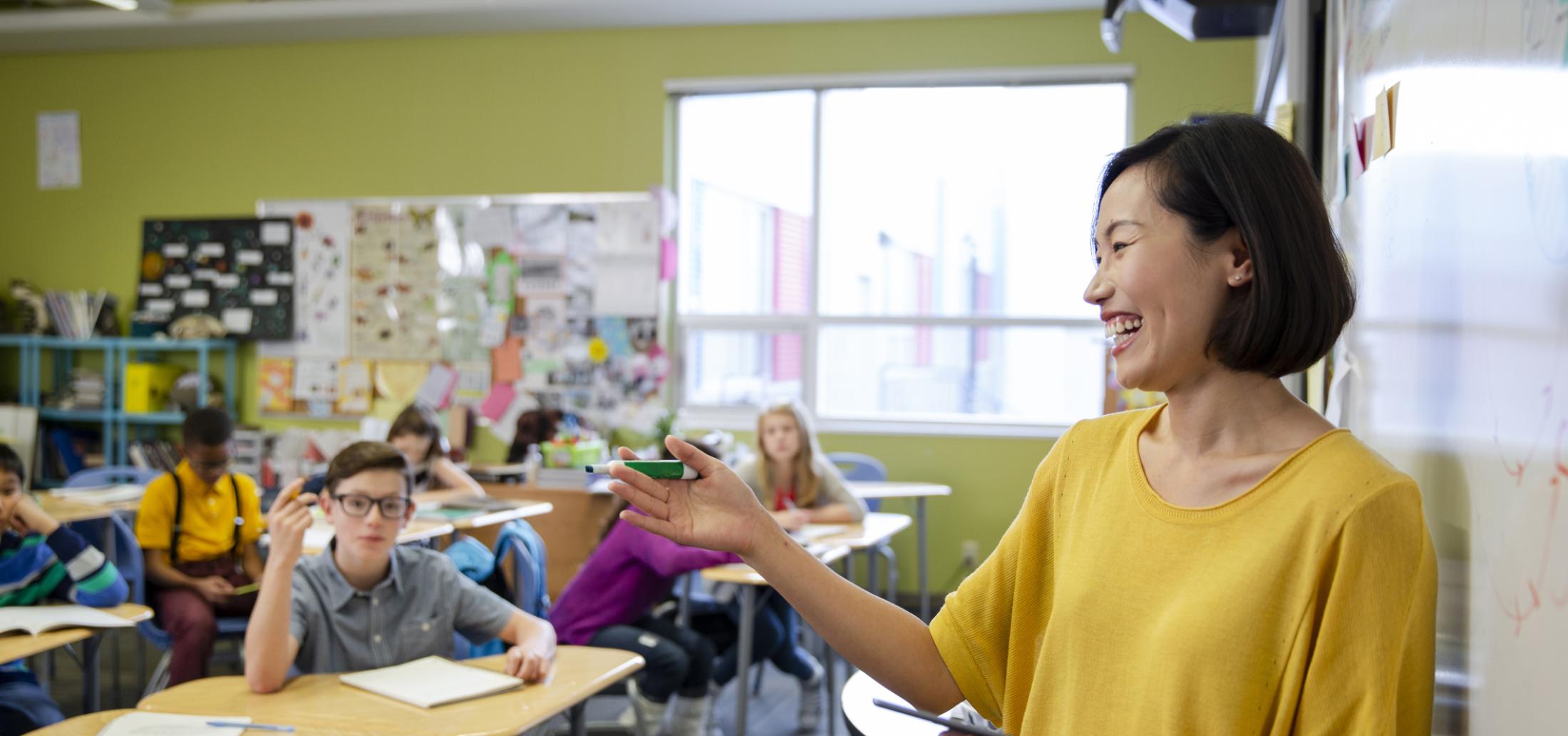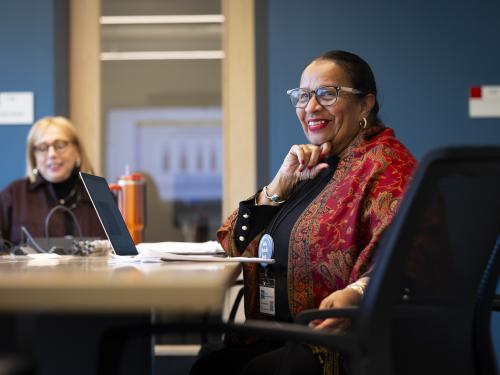
Academic recovery provides educators with a framework to support students as they develop new skills, sharpen existing skills, and build their capacity for academic success in the future. Academic recovery is especially pertinent and effective as districts navigate the complexities resulting from COVID-19.
Each student and professional encountered a unique experience with interrupted learning within their state and local district. With the return to classroom instruction and everyday routines resurfacing at different times, districts needed various solutions to support educators in implementing effective instruction for academic recovery. The Region 14 Comprehensive Center (R14CC) is partnered with Arkansas, Louisiana, and Texas to improve effective instruction outcomes and accelerate academic recovery.
We asked R14CC Effective Instruction expert Sherelle Foust, MS to offer insight into challenges and solutions for academic recovery.
What Have Been the Biggest Challenges to Academic Recovery?
Educators who had relied on consistency and structure to develop relationships and outcomes in the classroom now needed to address gaps as they uniquely affected each community. During the pandemic, each household became responsible for securing access to the internet, technology, and services necessary for students to smoothly transfer to virtual instruction.
Plans to address these gaps included robust student support programs funded by the Elementary and Secondary School Emergency Relief Fund (ESSER), creating and funding professional development, and engaging students and families with accelerated learning. We did not want to simply fill gaps where we know the pandemic affected people the most, but to build on what students need to learn and keep moving forward; for instance, determining approaches and answers to tutoring and ensuring supports stay in place post-ESSER.
What Is Data Showing Around Promising Practices for Academic Recovery?
Students need to be met where they are now. It is essential for programming to build on what students need to move forward and be successful. A lot of data points to tremendous student success with an extended school day. When students remain in a place with more support, scheduling and transportation are easier. There has been successful inclusive programming during school breaks in which extracurricular activities are included with academics to create more student engagement.
Reimagining and redefining summer programming has been another key area. Developing a new focus on acceleration in established summer school programs, including teachers who want to be involved, and creating family engagement are huge factors in the success of these programs. R14CC has assembled detailed information in the Accelerated Learning Resource Roundup.
Data also shows that offering wrap-around social-emotional support services and involving more professionals like social workers and nurses in the planning process produces a greater effect on students and coherence in academics. Serving the whole child impacts academics and outcomes.
Professional development is another promising practice. Ensuring all staff, teachers, and administrators are properly trained in accelerated learning, know their role, and engage transparently with families means students will have the best options and supports. Information on professional development regarding learning recovery, using remaining ESSER and other pandemic funds, and resources on how to sustain practices post-ESSER is available at Learning Recovery on the Department of Education’s website.
“It is possible for students to learn information and gain academic skills missed during the pandemic. As with other educational challenges, it is pertinent that genuine relationships are built with students and their families and that educators come together to implement strategic, evidence-based strategies that include all students. Individual schools, districts, and states should continue to share what’s working, make the most effective use of ESSER funding and plan for sustainability and scaling.”
-Sherelle Foust, MS
How Can State Education Agencies Work with Comprehensive Centers to Provide Support for Effective Tutoring?
We are also finding that tutors inside a school have a more remarkable ability to stay up to date with what students are learning. We also learned that the most effective frequency of tutoring is a few times a week for at least 30 minutes. Different guidelines and toolkits are being put out by education agencies that allow a focus on specific content areas rather than trying to cover everything. This allows for a more expedient recovery in areas like math, which have been found to require more time. The Guide to Accelerated Learning tool on the National Center’s website has information and links to research on tutoring. It continues to be the most downloaded tool on the site.
Comprehensive centers can provide state education agencies with research and evidence-based practices and support them in building sustainable systems once ESSER funding ends.
How Can States Make Decisions Around What Strategies to Invest in Once ESSER Funding Runs Out?
Academic recovery can continue to be successful after ESSER funding runs out. However, preparation is critical. States must know how to best use remaining funds and obtain supplemental funding when ESSER funding ends. The R14CC hosted a 4-part webinar series on Strategic Budget Practices in a Post-ESSER Landscape with great information.
Planning what will be effective for the upcoming academic year by looking at what worked last year and what did not is essential. It’s important to determine methods to evaluate choices for accelerated learning other than test scores.
One of the most important investments is to combat absenteeism with more creative and needs-based solutions. That can encompass a broad range of efforts. Consideration can also be given to technical schools to offer different opportunities for students.
Supporting Districts through Post-pandemic Academic Recovery
Showing demonstrated success will be critical to make the case for continued investments. To date, only 6 billion of the 30 billion in American Rescue Plan funding has been used. The U.S. Department of Education has created a special initiative, Engage Every Student, to help school districts, localities, and programs tap pandemic relief funds to support students after school and in the summer.
The Engage Every Student Initiative partners offer technical assistance to those interested, and the Afterschool Alliance and National League of Cities have developed a map featuring more than 300 examples of states, school districts, and local governments that have invested pandemic funds in programming for youth. As relief funding ends in 2024, showing demonstrated success will be critical to make the case for continued investments at the local, state, and federal level.





